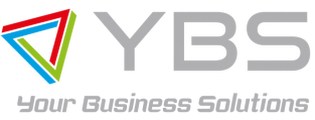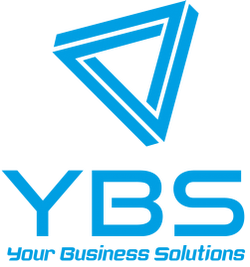Image Optimisation
Websites need to be “beautiful” and “functional”. Image Optimisation is the activity that we carry out that ensures that this is true in the case of pictures on your website. This can be best illustrated by the following examples.
Poor Quality Image

In this example, the image has been added to the page at a very low “dots per inch” (DPI) of 20 and is therefore very fuzzy. If your website is covered with these then people are going to imediately think “low quality”, and rightly so! However, if images are chosen correctly and are loaded onto the page at the correct resolution, generally accepted to be somewhere in the region of 72 – 96 dpi, then the image quality itself is going to be much more obvious. You can see this by looking at the image below, which is the same as above, but loaded at 96 dpi.
High Quality Image

In addition to getting the image optimisation correct from a resolution point of view, it’s also important to “tell” the browser what the image is all about just in case the image cannot be properly rendered by the browser. Although this is an “old” feature of website design, it is still considered to be an integral part of website optimisation as a whole. This involves adding what is called an “Alt Tag” to the image that contains the keyword being used on the page that the image is placed.
ALL of the images used on your website design will have these alt tags.

